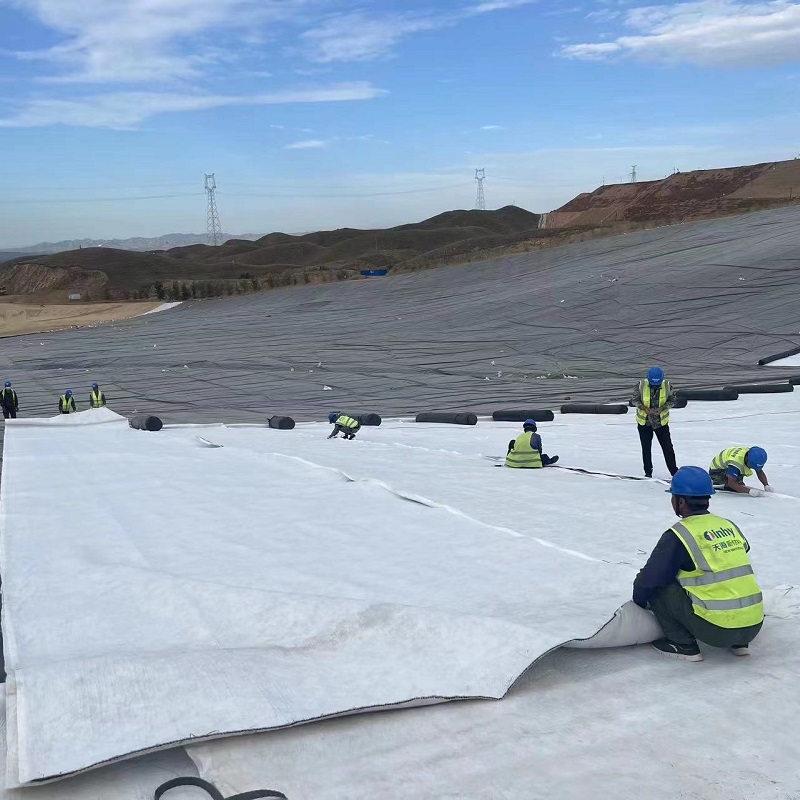Differences between Geotextile and Felt:
There are actually quite a few differences between them. The main disparities lie in the raw materials used. Geotextile is generally white, made from better-quality raw materials, offering greater tensile strength and higher density. In contrast, felt primarily serves as the main insulation material for greenhouse insulation quilts, with its main function being simply to provide insulation. Therefore, the raw materials used for felt are not as high-quality, which explains the significant price difference between the two.
Non-woven geotextile offers excellent filtration performance. When water flows from a fine-grained soil layer into a coarse-grained one, the geotextile’s good air permeability and water permeability allow the water to pass through while effectively retaining soil particles, fine sand, small stones, etc., thereby maintaining the stability of earthwork projects. It also serves as a reinforcement material, enhancing the tensile strength and deformation resistance of the soil, thereby improving the stability of building structures and the quality of the soil. Additionally, geotextile can effectively disperse, transfer, or decompose concentrated stresses, preventing soil damage caused by external forces. Its isolation effect is also remarkable; geotextile can isolate building materials with different physical properties (such as particle size, distribution, consistency, and density, etc.) (e.g., soil and sand, sand and gravel, soil and concrete, etc.), preventing the loss or mixing of multiple materials, maintaining the overall structure and function of the materials, and enhancing the load-bearing capacity of structures.


